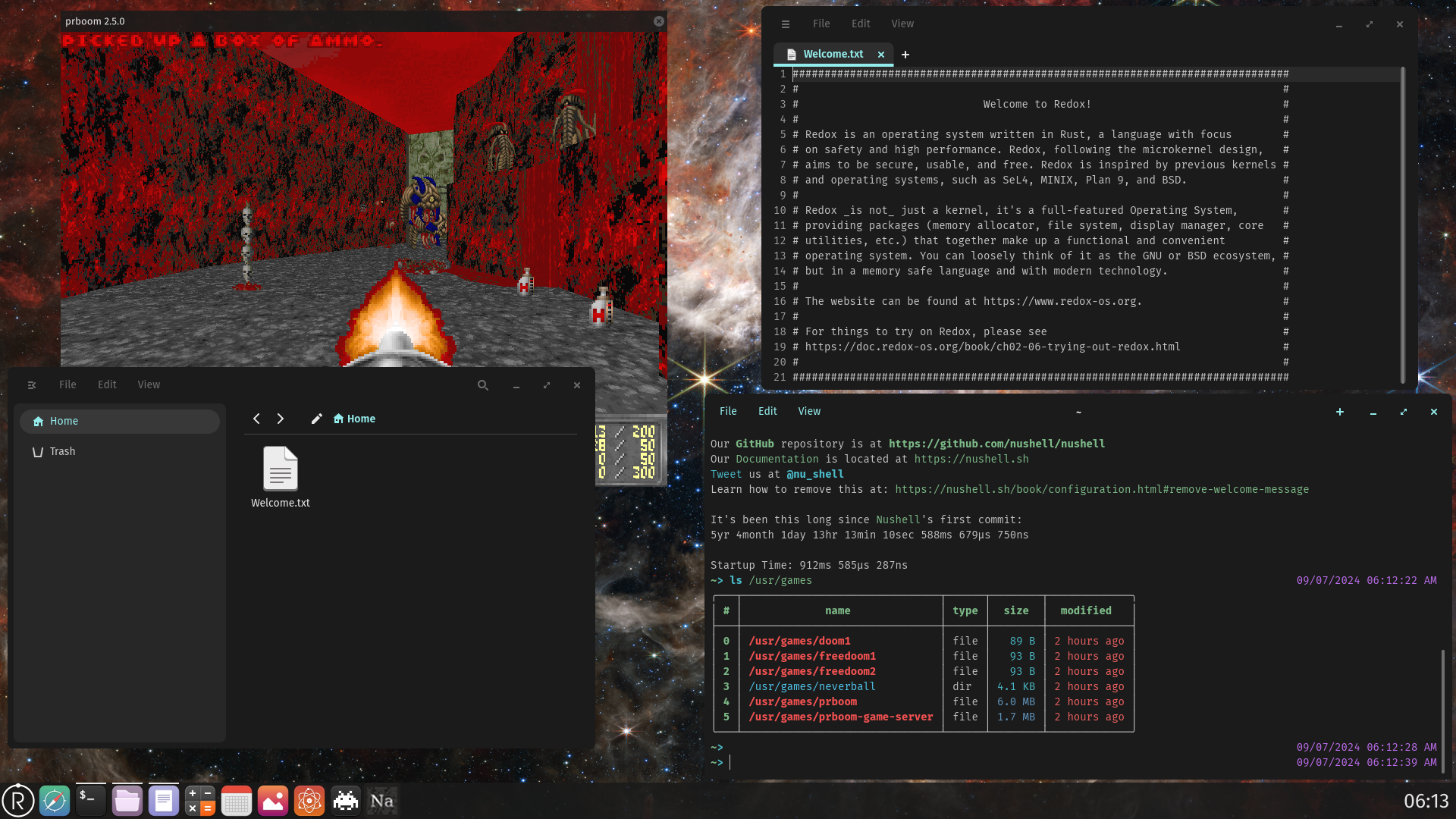

If you already have medical knowledge, why not look into bioinformatics? Cyber security would be a pretty big jump if you’re not into tweaking computers as a hobby. For example, have you ever set up Linux on your own?
Certifications will give you a starting point, but it will take years for all the information to settle properly in your mind.










I’m really sorry to hear that. I hope you have enough support to deal with it!
Regarding bioinformatics, it doesn’t have to be a human-centered job. You can get into the data science aspect of it, and make good money off of helping research diseases, for example. This could also be a remote job, and you’d probably have an easier time getting into it. For data science, you can get quite far with Python, which is easier to pick up when compared with other languages.
You can also explore your options further by just asking ChatGPT, and seeing what the potential job requirements would be. It’s decent if you want to brainstorm some stuff, but do look up the information yourself on search engines. Write there your experience, what you’d want, and what to expect if you were to jump in that field. Perhaps this could help you decide better.
I wish you the best of luck!